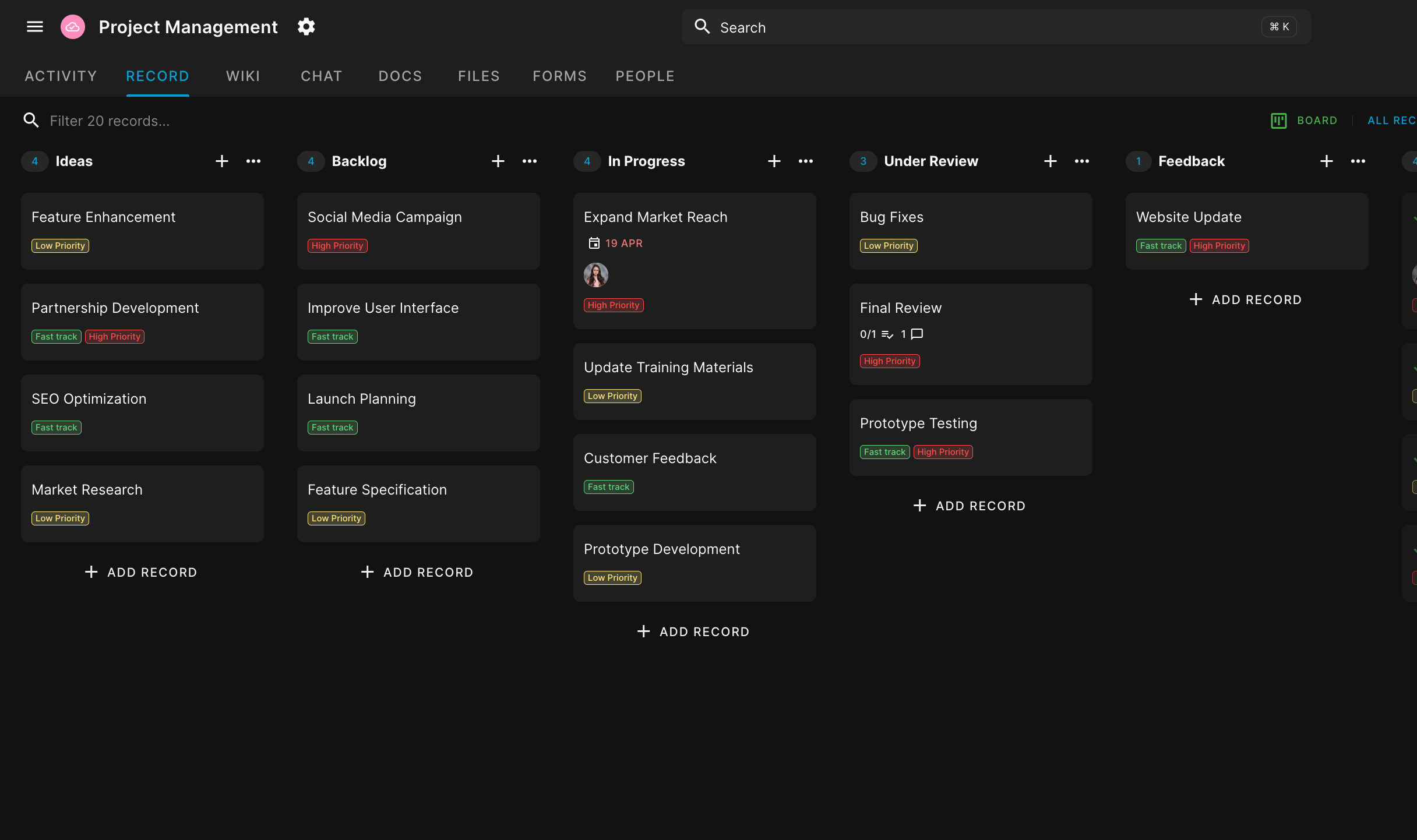Definition of Risk Register
A comprehensive document that identifies, analyzes, and tracks potential risks throughout a project's lifecycle, enabling proactive risk management and mitigation strategies.
A Risk Register is a fundamental project management tool used to identify, assess, and monitor potential risks that could impact a project's objectives, timeline, or budget. This living document serves as a centralized repository for all known risks, providing project managers and team members with a comprehensive overview of potential threats and opportunities.
The primary purpose of a Risk Register is to foster proactive risk management. By systematically cataloging risks, teams can develop targeted mitigation strategies, allocate resources effectively, and make informed decisions throughout the project lifecycle. This proactive approach helps minimize surprises and increases the likelihood of project success.
A typical Risk Register includes several key components:
- Risk Description: A clear and concise explanation of each identified risk.
- Risk Category: Classification of risks (e.g., technical, financial, operational).
- Probability: The likelihood of the risk occurring.
- Impact: The potential consequences if the risk materializes.
- Risk Score: A quantitative or qualitative assessment combining probability and impact.
- Risk Owner: The person responsible for monitoring and managing the risk.
- Mitigation Strategy: Planned actions to reduce the probability or impact of the risk.
- Contingency Plan: Steps to be taken if the risk occurs.
For example, in a software development project, a Risk Register might include entries such as:
- Risk: Key team member leaves the project
- Probability: Medium
- Impact: High
- Mitigation: Cross-train team members and document processes
- Contingency: Maintain a pool of qualified candidates for quick replacement
By regularly reviewing and updating the Risk Register, project teams can adapt to changing circumstances, prioritize their efforts, and communicate effectively with stakeholders about potential challenges and solutions. This ongoing process of risk identification, assessment, and management is crucial for navigating the uncertainties inherent in any project and ultimately delivering successful outcomes.
Related Resources
No articles found matching the provided slugs.
Boost your productivity. Start using Blue today.
Blue organizes work, ensuring teams know what to do, how to do it — and why it matters.
